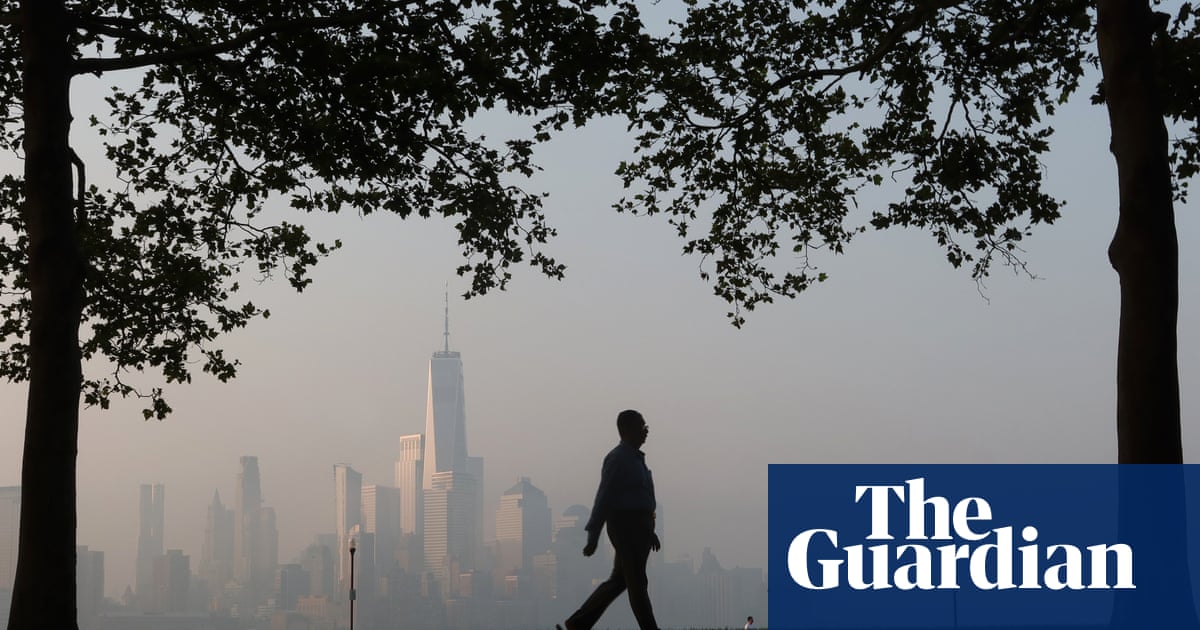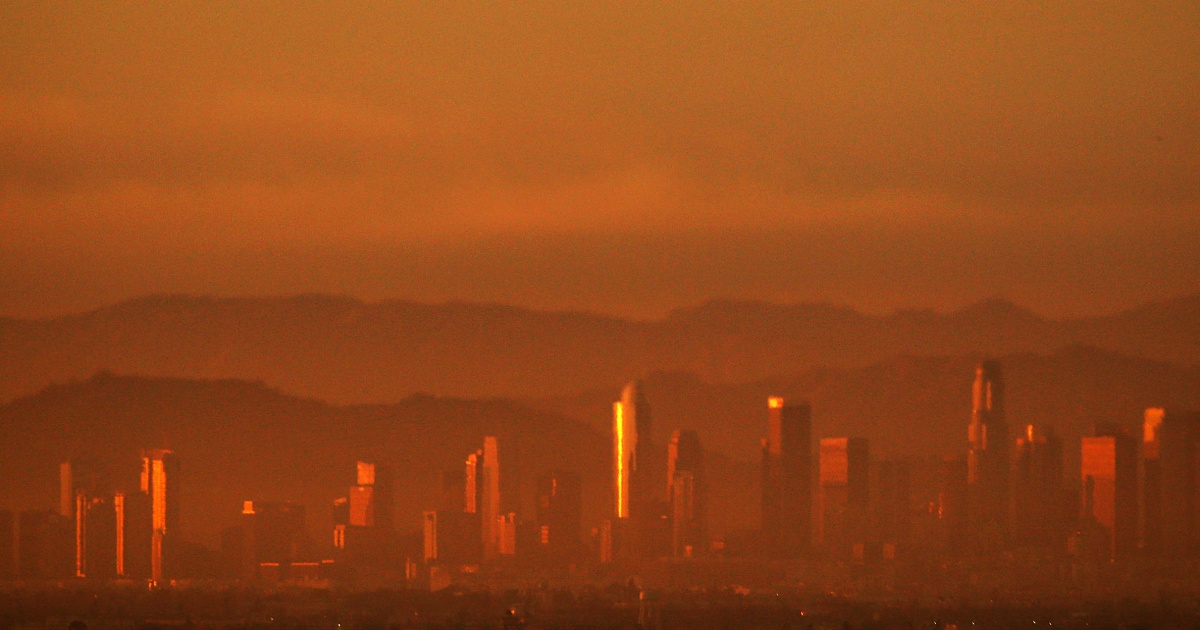Almost 156 Million U.S. Residents Exposed to Unhealthy Air Quality, Report Finds
A report reveals nearly half of U.S. residents live in areas with hazardous air pollution, worsened by climate change and regulatory rollbacks.
Subscribe to unlock this story
We really don't like cutting you off, but you've reached your monthly limit. At just $5/month, subscriptions are how we keep this project going. Start your free 7-day trial today!
Get StartedHave an account? Sign in
Overview
According to the American Lung Association, the number of Americans exposed to unhealthy air has increased to 156 million. These rising levels of air pollution, attributed to climate change and proposed deregulation, pose significant health risks, particularly for marginalized communities. Ozone and particle pollution are linked to serious health issues, and the report highlights the erosion of progress made under the Clean Air Act. Cities like Bakersfield, California, experience the worst air quality, with the potential for further deterioration under new environmental policies.
Report issue

Read both sides in 5 minutes each day
Analysis
- Nearly half of U.S. residents are living in areas with unhealthy air quality, with ozone and particulate pollution worsening due to climate change-related factors.
- The increase in air pollution exposure, particularly driven by extreme weather and deregulation efforts, is a significant public health concern.
- The American Lung Association report emphasizes the importance of stringent regulations to protect air quality and public health as climate change impacts worsen.
Articles (3)
Center (1)
FAQ
The main pollutants contributing to unhealthy air quality in the U.S. are fine particle pollution and ozone pollution.
Nearly 156 million U.S. residents, or about 46% of the population, live in areas with unhealthy levels of ozone or particle pollution based on data from 2021 to 2023.
Climate change-related extreme heat, drought, and wildfires are worsening air pollution levels, along with proposed regulatory rollbacks, leading to more people being exposed to unhealthy air.
Cities such as Bakersfield, California, are among those experiencing the worst air quality, with potential for further deterioration due to new environmental policies.
The report highlights erosion of progress made under the Clean Air Act, with more people exposed to deadly particle pollution spikes, reversing some gains from past successful pollution control efforts.
History
- This story does not have any previous versions.


